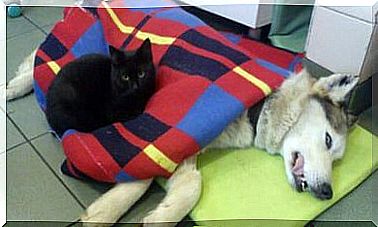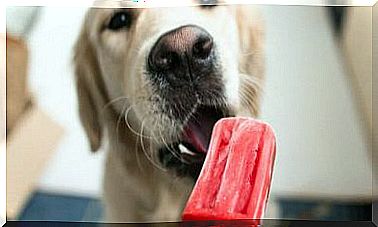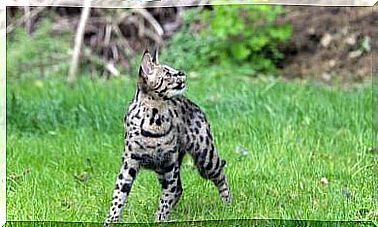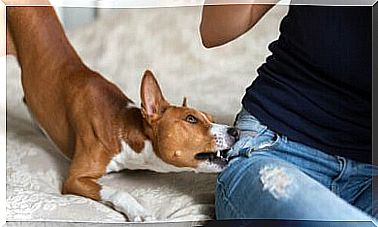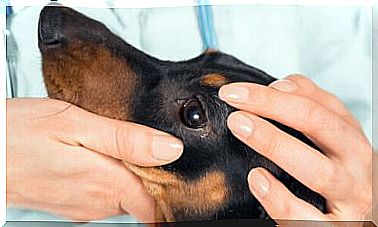Feeding The Horse: 4 Tips To Feed It Well
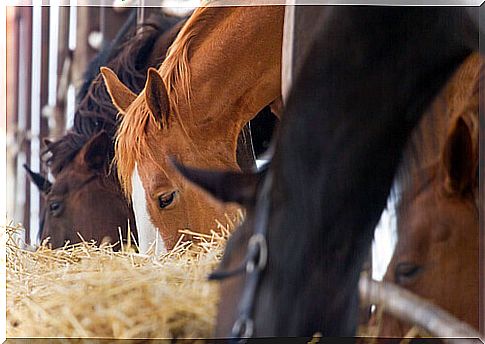
Your horse’s diet must be such as to offer all the nutrients necessary for the animal to achieve its optimal development. This is the only way to preserve the health of your work or sports partner. Let’s see in detail how to move to always guarantee the best diet for your quadruped.
Proper horse nutrition
Equines are more than just a monetary investment. Their work is not limited only to the countryside or equestrian sports, but they also possess the talent to aid the physical and intellectual development of children. Thanks to pet therapy, they are now fundamental in recovering from motor and nerve injuries of thousands of people.
However, an animal is only able to perform all these activities correctly when its organism is balanced. Therefore, proper nutrition of the horse is the sine qua non for maintaining its optimal state of health. Always choose carefully the feed and fodder you offer your four-legged friend, leaving aside the easy savings that, in the long run, you would end up paying dearly anyway .
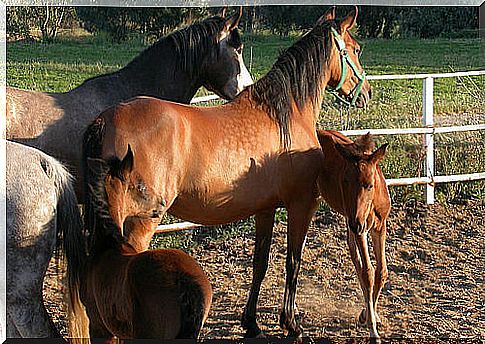
How to recognize a healthy and well fed horse?
A healthy and healthy horse always maintains that noble bearing characteristic of its species. The bright and dense coat culminates in a long and prosperous mane. High and strong legs support a body in which abundant and well developed muscles stand out.
The well-fed horses are friendly and respond quickly if you call them by name. They also become more curious, overcoming the natural distrust of less known objects, people or animals. Their senses are well trained and the animal has total control of the surrounding environment . The privileged hearing recognizes sounds easily and the ears move sideways when a noise intrigues them.
Unfortunately, it is also possible to see malnourished and dirty horses, victims of human violence that exploits, in many cases, up to the last drop of their work, never fully compensated with rest and adequate nutrition. These equines have a resigned appearance, often walk with their heads down and appear very thin. Tail and mane are untidy, the coat is dirty and the attitude is always very fearful.
What can be done against these abuses? What to do if you see a badly reduced horse in a riding stable or in a country house? Simple: you can report the problem to the authorities, even anonymously. The reported situation will be examined and the necessary investigations will be carried out, be sure.
How to choose the horse’s diet?
“ We are what we eat ” Ludwig Feuerbach said in 1804. The golden rule of human nutrition also applies to pets. Each species has its own nutritional needs and needs a specific diet. It is about properly supplying the body and keeping it healthy.
Choosing the right nutrition for your horse is more complicated than it sounds. There are many products available on the market, but the price or name does not always guarantee the quality of the food. Not to mention that it is necessary to combine the proportions of nutrients. And this according to the needs of each animal.
Therefore, it is always advisable to seek professional help and periodically consult your veterinarian. For example, before opting for or radically changing a horse’s diet.
4 basic tips to feed your horse well
1. Hydration first
Mammals need enough fluids to stay healthy. An adult horse typically ingests 18 to 35 liters of water per day. In summer, when the temperature rises considerably in the fields, the ingested volume can even reach 60 liters.
For this reason, it is essential to ensure an abundant quantity of fresh and clean water always available to the animal. It is recommended that the drinking trough is never directly exposed to the sun, but in the shade, in a clean environment.
2. Structural carbohydrates
These organic chemicals are the main source of energy for any horse. As a ruminant, its digestive system needs a lot of carbohydrates to function properly.
Horses typically graze for 12 hours a day. This means that your equine is able to eat 6 to 9 pounds of grass and hay per day. The horse’s feed must contain enough forage to compensate for the decrease in natural grazing.
The amount of hay to offer to your horse daily is 1-2% of body weight. You will also need to pay attention to how and where the hay is stored, to avoid the proliferation of fungi and bacteria.
3. Non-structural carbohydrates
Proper nutrition for horses cannot do without grains such as oats, corn or barley. But in reality these non-essential carbohydrates can be provided in moderate amounts. Otherwise, they can cause gas to build up in the stomach and other ailments.
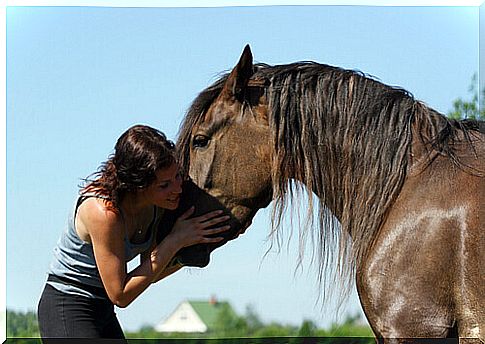
The recommended daily amount is 200-250 grams of non-structural carbohydrates for every 45 pounds of your pet’s weight.
4. Natural food supplements
At this point, we cannot fail to mention other elements which, in the right quantities, represent a valid support in the equine diet. The horse’s nutrition can be reinforced with fats, proteins, vitamins and minerals. The best option is to choose an enriched feed to supplement the diet. Talk to your veterinarian: he will be happy to show you the advantages and disadvantages of this administration, also explaining the quantity and frequency of doses.
Loving your horse does not just mean running together at a gallop or keeping it in order, from an aesthetic point of view. A horse is always happy and only if it is also healthy: never underestimate the importance of feeding your quadruped well.


